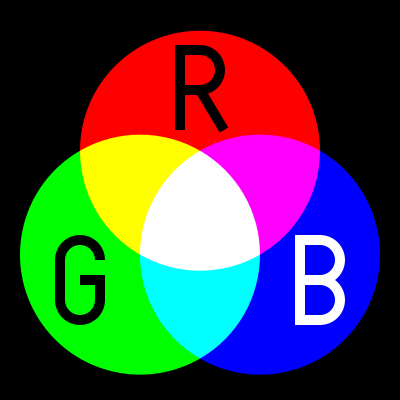The real answer is....
Due to the limitations of the design.
Sinclair in it’s promotional brochure for the original 16K and 48K (rubber key) machines only described it as having “full colour - 8 colours each for foreground, background and border, plus flashing and brightness intensity control”. Even in the table which compared it to other competitors machines (BBC A, VIC 20, ATARI 400, TI 99/4A) , they list the ZX Spectrum as having 8 colours... [There is however a separate row for a tick for BRIGHT or equivalent].
“The eight colours available are black, blue, red, magenta, green, cyan, yellow and white”.
Why these colours? Simple. Television uses additive colours (unlike print, which uses subtractive colours). In a colour CRT there are three electron guns which fire electrons at the coloured phosphors on the inside of the screen. There are three types of phosphors. One produces red light. One produces green light and the remaining one produces blue light. Each electron gun fires at one type of phosphor, hence the guns are called red, green and blue.
So that’s the first three colours. With all the guns off, you get black (well actually dark grey, as most people don’t watch in complete darkness). So we are now up to four colours.
Now if you switch on two electron guns, two lots of phosphors light up. So the combinations are:
Red and green - the colours add together (as far as the human eye is concerned) and show as yellow.
Red and blue - shows as magenta.
Green and blue - shows as cyan.
Turn on all three guns, and red, green and blue colours add together, producing white. So that’s a total of eight colours:

As explained above, the BRIGHT control increases the signal strength going to the electron guns, hence increasing the intensity. But if all the guns are already switched off (for black), there is no signal to boost... (although in some instances, there may be a small signal, as in practice it’s possible to keep all three electron guns slightly switched on).
To produce different colours would have needed more complex circuitry, but Sinclair’s aim was simply to produce a computer that could produce a high resolution colour tv picture at the lowest possible price. So a more complex circuit was out of the question. And the hardware designers were limited in the time they had to develop the machine anyway. As Sinclair wanted it ready to sell as soon as possible...
Mark
how about this terrifying monster. GRONF GRONF !